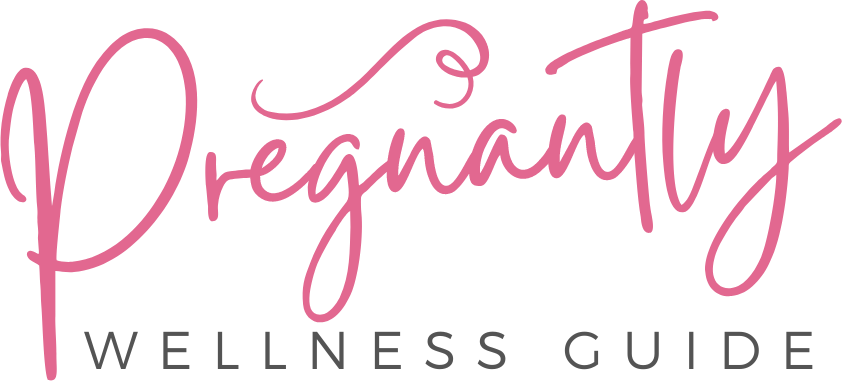
We’ve found that stress management for women reveals burdens society often overlooks—the mental load of coordinating family logistics, emotional labor that drains psychological reserves, and biological responses that amplify cortisol production. Women average 49 fewer minutes of daily leisure time while managing others’ emotions and anticipating everyone’s needs. These invisible stressors compound into measurable health consequences: elevated blood pressure, hormonal disruption, and higher rates of depression and anxiety. Understanding these gender-specific patterns opens pathways to targeted interventions that address root causes rather than just symptoms.
Why Women Experience Higher Stress Levels Than Men
While stress affects everyone, women consistently report higher stress levels than men across cultures and age groups—a disparity rooted in biology, psychology, and social structure rather than perception alone. Our bodies respond differently to stress triggers due to hormonal fluctuations in estrogen and progesterone, which amplify HPA axis activity and cortisol production. We also face distinct psychosocial pressures: caregiving expectations, workplace discrimination, and gender-based violence create chronic stress exposure men rarely encounter. Gender differences extend to how we process stress—we’re more likely to use emotion-focused coping and rumination, intensifying emotional impact. Economic insecurity, lower wages, and balancing multiple roles compound these burdens. Understanding these interconnected factors validates our experiences and reveals systemic patterns requiring targeted interventions.
The Hidden Weight of Caregiving and Emotional Labor
Beyond the physiological and psychological factors that elevate our stress, we carry an additional burden that often goes unnamed: the exhausting work of managing everyone else’s emotions while suppressing our own. This emotional labor pervades our workplaces—where we’re expected to smooth conflicts, organize social events, and maintain team morale—and intensifies at home through the invisible mental load of planning, anticipating needs, and coordinating family logistics. Women average 49 fewer minutes of daily leisure than men, time consumed by these unrecognized duties. For women of color, this burden compounds with managing racial microaggressions while countering competence stereotypes. The result is profound emotional exhaustion and caregiver burnout, draining our psychological reserves while organizational systems fail to acknowledge these inequitable demands.
Physical and Mental Health Consequences of Chronic Stress
The toll chronic stress takes on our bodies isn’t abstract—it’s measured in rising blood pressure readings, disrupted menstrual cycles, and persistent pain that won’t resolve. When we’re trapped in chronic stress response, our cardiovascular system bears the burden through elevated blood pressure and cholesterol, increasing heart attack risk. Our hormonal systems destabilize—testosterone, estrogen, and progesterone levels fluctuate unpredictably, particularly during menopause. Gastrointestinal problems intensify, with irritable bowel syndrome affecting women disproportionately.
The mental health consequences prove equally concrete. We internalize stress differently than men, leading to higher rates of depression and anxiety. Emotional exhaustion manifests through sleep disturbances, diminished interest in previously enjoyed activities, and persistent tension headaches. We report higher stress levels yet feel less supported—a dangerous combination that compounds both physical and psychological damage.
Unhealthy Coping Habits That Amplify Women’s Stress
When stress becomes unbearable, we reach for what’s immediately available—cigarettes, comfort food, wine, or the numbing glow of endless screen time. These stress triggers activate coping mechanisms that provide momentary relief but compound our burdens. Seventy-seven percent of Americans use at least one unhealthy behavior to manage mental health, with women disproportionately affected. Among nurses facing workplace pressure, 70% consume more junk food and 63% overeat entirely. We’re not weak—we’re responding to systemic conditions that limit healthier alternatives. Yet smoking increases cardiovascular disease risk, excessive alcohol damages liver function, and poor nutrition fuels metabolic syndrome. Forty-nine percent escape through binge-watching, while 64% withdraw socially, eroding support networks. These patterns don’t prevent depression; they strengthen the stress-illness connection, creating dependency cycles that make recovery progressively harder.
Evidence-Based Strategies for Managing Stress Effectively
Breaking these harmful cycles requires deliberate practice of techniques backed by substantial research rather than quick fixes. We’ve found that evidence-based stress reduction begins with mindful practices like meditation and focused breathing exercises, which fundamentally rewire our stress responses. Physical activity serves as a powerful intervention, directly improving mood regulation and sleep quality. Cognitive Behavioral Therapy addresses the root thought patterns perpetuating our stress, while biofeedback teaches us to consciously regulate physiological responses we’ve historically deemed involuntary. Extensive approaches combine these methods: yoga integrates movement with mindfulness, journaling processes emotional complexity, and structured sleep hygiene rebuilds our physiological foundation. Professional diagnostic assessments reveal underlying patterns we can’t identify alone, ensuring our strategies target actual stressors rather than symptoms. These evidence-based interventions demand consistency but deliver measurable transformation.
The Case for Gender-Specific Wellness Programs and Support
Despite decades of workplace wellness initiatives, most programs still operate on a fundamentally flawed assumption: that women’s health needs mirror men’s with minor variations. The evidence tells a different story. Women face distinct health challenges—menstrual disorders, menopause shifts, postpartum depression, and breast cancer—that demand specialized attention within workforce wellness frameworks. Generic programs consistently show lower participation and diminished effectiveness because they fail to address these realities.
Gender-specific employee support programs demonstrate measurably better outcomes. They create safe spaces for discussing reproductive health, provide targeted mental health interventions, and empower women through awareness of gender-specific risks. When organizations design wellness initiatives around women’s actual physiological and psychological needs—rather than treating them as variations of a male baseline—participation increases, health outcomes improve, and systemic barriers begin dissolving.
Conclusion
We’ve traced the invisible threads that bind women to exhaustion—the mental load that hums like background noise, the caregiving that stretches across generations, the stress that settles into our bodies like sediment. When we name these burdens, we transform them from personal failings into systemic barriers worth dismantling. Through evidence-based strategies and collective support, we’re not just managing stress—we’re reclaiming the energy that rightfully belongs to our own lives, our own dreams.







